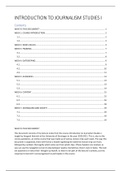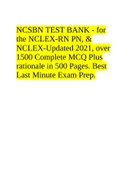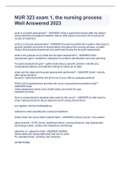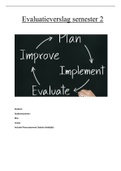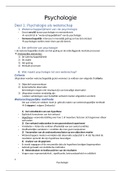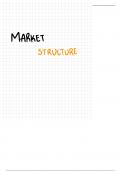College aantekeningen
IJS lecture notes
- Vak
- Instelling
Notes of the lecture clips uploaded by Ansgard Heinrich, for the course Introduction to Journalism Studies I. This is a mandatory course for the minor and pre-master in Journalism/Journalistiek.
[Meer zien]
